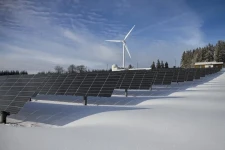
Hurricane Helene: A Catalyst for Climate Change Dialogue in the Presidential Campaign
As Hurricane Helene churned through the Atlantic in September, its formidable presence served as a stark reminder of the intensifying effects of climate change. This hurricane, along with others in a tumultuous storm season, has thrust climate change back into the spotlight of the presidential campaign, prompting candidates to address a pressing issue that resonates deeply with voters.
The Impact of Hurricane Helene
Hurricane Helene formed as part of an active Atlantic hurricane season, characterized...













